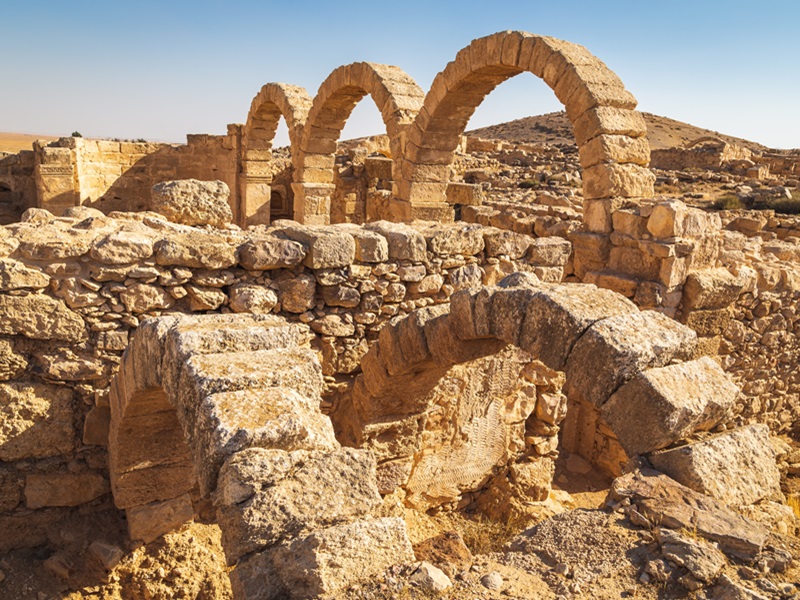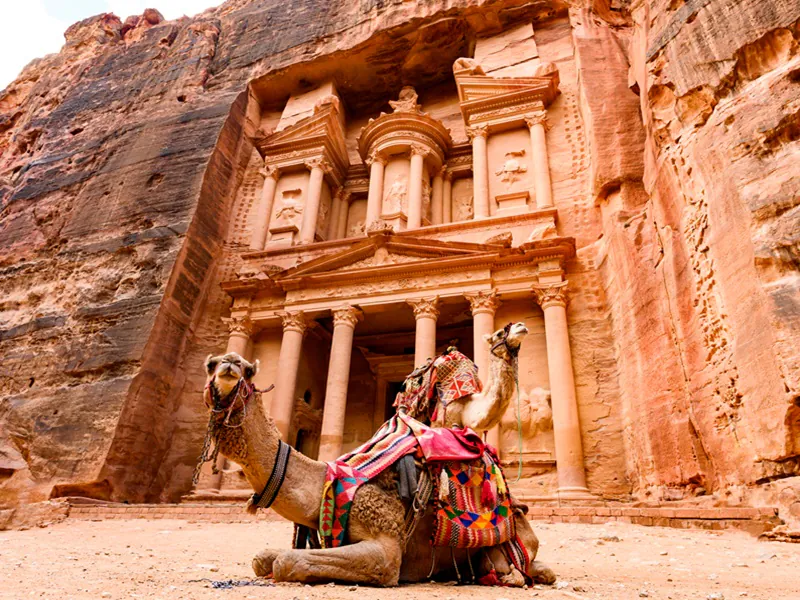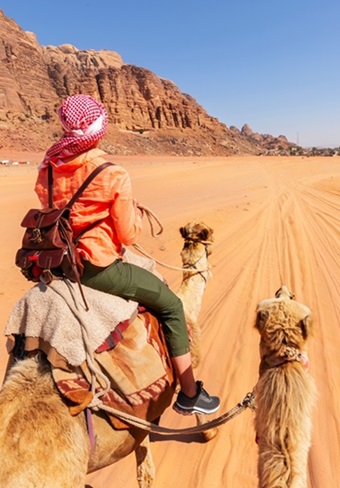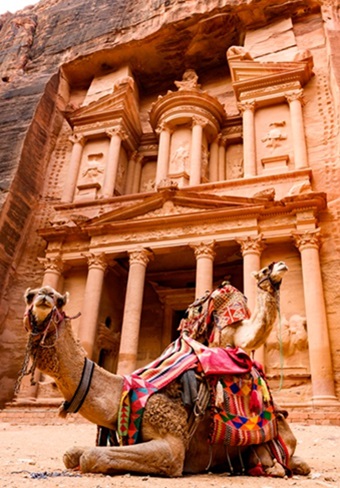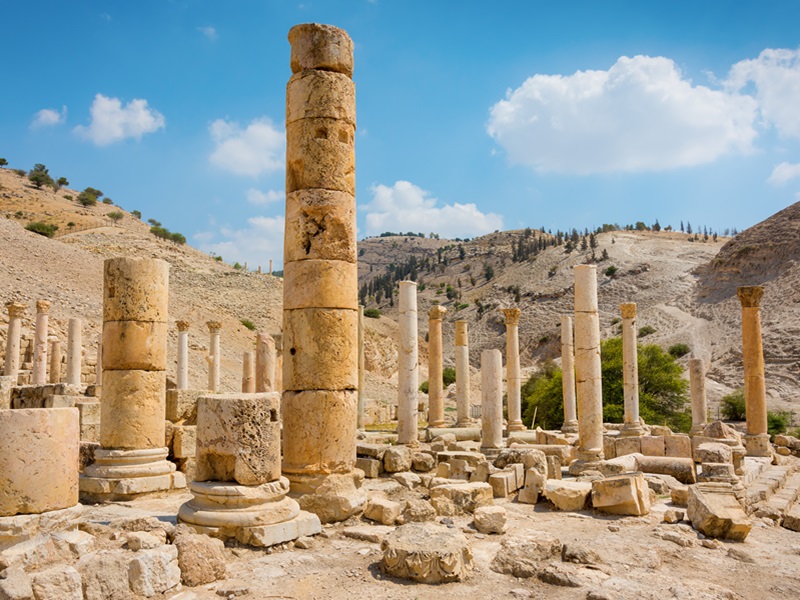Gadara/ Umm Qeis

Perched on a hill overlooking the Sea of Galilee, Gadara thrived in the Classical period. It was a cultural center and the hometown of philosophers, rhetoricians, scientists, and poets. Gadara is also mentioned in the New Testament and was a member of the Decapolis. Today, Gadara’s rich archaeological remains, second in Jordan only to Gerasa, are a popular tourist attraction.
History and Archaeology of Gadara
Built and designed as a Greek Polis, Gadara was founded in the Hellenistic period. In the first century, under Roman rule, Gadara became a member of the Decapolis, a league of ten Pagan cities, which is also mentioned in the New Testament.
Gadara, the Decapolis and Jesus
Decapolis is a term used to describe a group of ten cities in the southern Levant with strong cultural affiliation during the Roman period. These cities were all Greek and Roman cultural centers which the Romans supported. Some of these cities still exist, and some have become archaeological sites. Today, six cities are in Jordan (Gerasa, Gadara, Pella, Amman, Capitolias, and Raphana). Two are in Syria (Damascus and Canatha), and two are in Israel (Beit-Shean and Hippos-Sussita).
The Gospels record Jesus visiting the Decapolis, but none of the Decapolis cities are mentioned by name. Gadara is mentioned in Matthew’s version of the story of the miracle of the swine (8:28). In contrast, Mark mentions Gerasa in his version of the same account (5:1). In reality, the city of Hippos-Sussita is the closest to the Sea of Galilee, where the event took place. Being so, the swine herders were probably from Hippos-Sussita or another city (Kursi?), but its name was later forgotten.
Gadara After the Muslim Conquest
Gadara thrived up to the Muslim conquest of the region. Moreover, in 749 CE, a devastating earthquake caused much damage to the town, and eventually, it was abandoned. Bedouins settled over its ruins in the Ottoman period but in the 1960s the Jordanian autorities relocated them to enable archaeological research and tourism development of the site.
Several archaeological expeditions excavated at the site, uncovering a wealth of finds, mainly from the Roman and Byzantine periods. The discoveries include two theatres, a temple, a basilica, a public fountain (nymphaeum), a mausoleum, a hippodrome, a bathhouse, and a colonnaded main street (Decumanos Maximos).
 In 2015, archaeologists uncovered the longest known underground aqueduct in Gadara in Roman times. Stretched over more than 100 miles, this aqueduct provided water to Gadara from springs in today’s Syria.
In 2015, archaeologists uncovered the longest known underground aqueduct in Gadara in Roman times. Stretched over more than 100 miles, this aqueduct provided water to Gadara from springs in today’s Syria.
Gadara and Hamat Gader
Gadara was also famous for its thermal baths in the valley below. Built next to hot springs along the Yarmuk River, Hamat Gader is across the Israeli border today. Its impressive remains were excavated in the 1990s and partially restored.
Touring Gadara
Gadara is a national park with an admission fee. Some of the artifacts uncovered in Gadara are on display at the former residence of the Gadara’s governor (Bair Rousan). Besides its rich finds, the site’s northern edge provides stunning panoramas of the Golan Heights, the Sea of Galilee, the Jordan Valley, and the eastern Galilee.
A tour of Gadara can be combined with a multi-day tour of Jordan.

